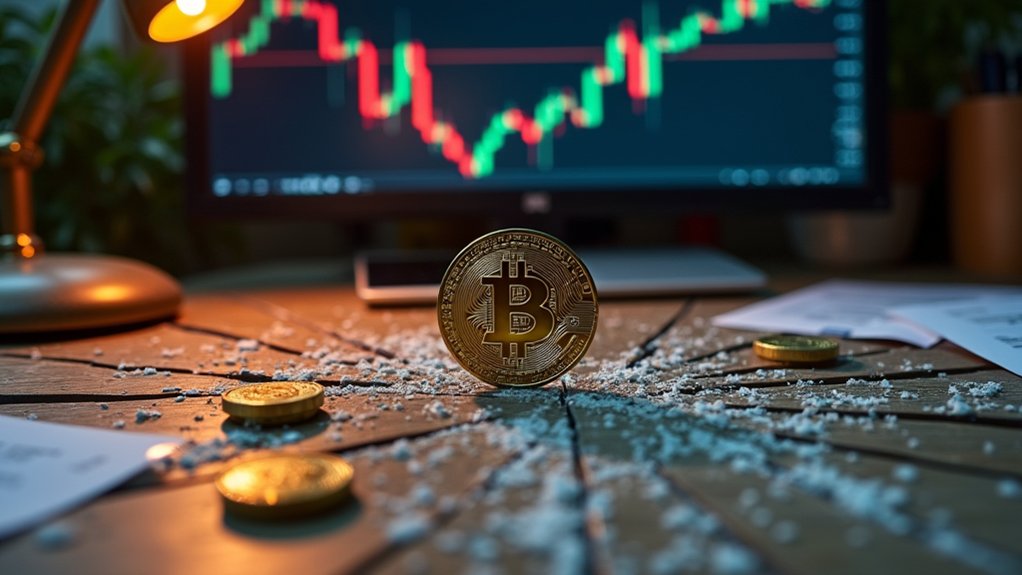In a move that belatedly acknowledges the glaring regulatory vacuum surrounding stablecoins, the Senate’s passage of the GENIUS Act represents a grudging, though overdue, attempt to impose order on a chaotic $250 billion industry that has long operated with reckless ambiguity. This legislation, born from a labyrinthine process of bipartisan wrangling and national security concerns, finally draws a line in the sand for digital currency—an asset class that has thrived in regulatory twilight, exploiting loopholes and skirting accountability. By targeting “payment stablecoins,” the Act delineates a narrow corridor of legitimacy, demanding regulatory compliance that includes full one-to-one backing with U.S. currency or liquid government securities, monthly public disclosures of reserves, and transparent redemption policies. Such provisions, while seemingly basic, expose the previous laissez-faire approach as an unmitigated gamble on public trust. The bill creates a dual-track regulatory system involving both federal and state oversight to manage issuers based on their size and qualification. Notably, the legislation establishes the first federal regulatory framework specifically for U.S. dollar-pegged stablecoins, signaling a historic shift in oversight. This development comes amid a global landscape where over 119 countries have embraced cryptocurrency legality, underscoring the U.S. effort to catch up with international regulatory norms.
The GENIUS Act’s insistence on categorizing issuers into federally and state-regulated entities, with the Office of the Comptroller of the Currency playing gatekeeper for nonbank issuers exceeding $10 billion, reflects a calculated effort to corral a sprawling ecosystem that has, until now, danced on the edges of financial regulation. The imposition of a 120-day review period for applications and a 12-month safe harbor underscores a begrudging acknowledgment that these digital currencies are not just speculative instruments but systemic components demanding oversight. Furthermore, the legislation’s exclusion of algorithmic and non-payment stablecoins reveals a cautious, perhaps even fearful, approach to innovation, prioritizing control over adaptability. This cautious stance mirrors broader regulatory challenges including concerns over money laundering risks and consumer protection in the cryptocurrency space.
Ultimately, this legislative breakthrough confronts the crypto market’s long-standing myth of self-regulation. It demands that digital currency operators eschew obfuscation in favor of transparency, making regulatory compliance not a burdensome afterthought but an indispensable pillar for market integrity and consumer protection. Whether this framework will stanch the industry’s penchant for risk remains to be seen, but one thing is clear: the era of unchecked stablecoin chaos has finally met its match.








